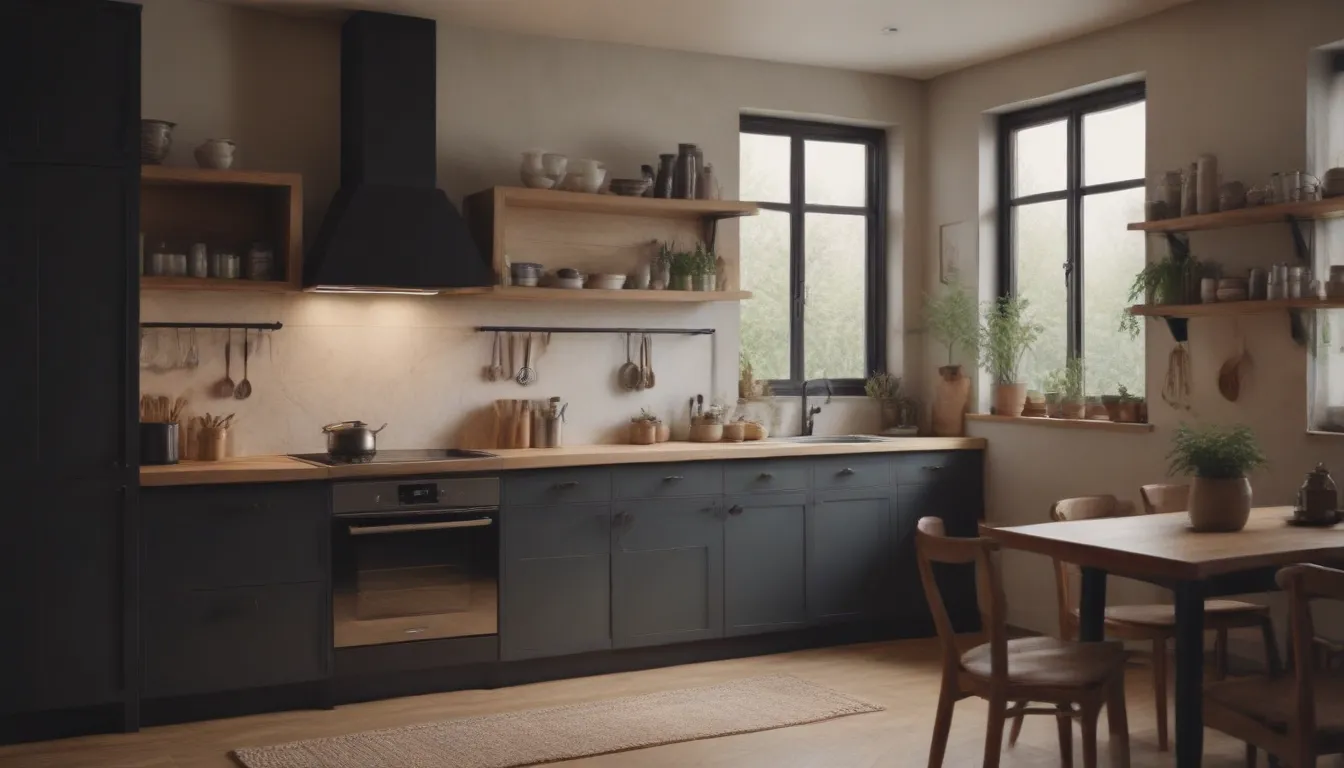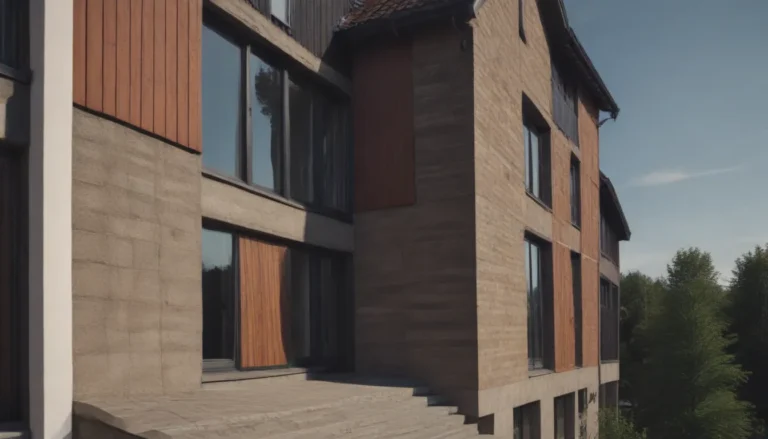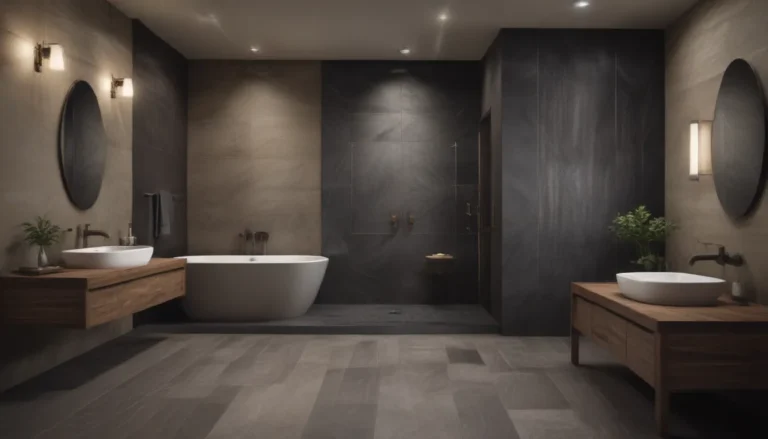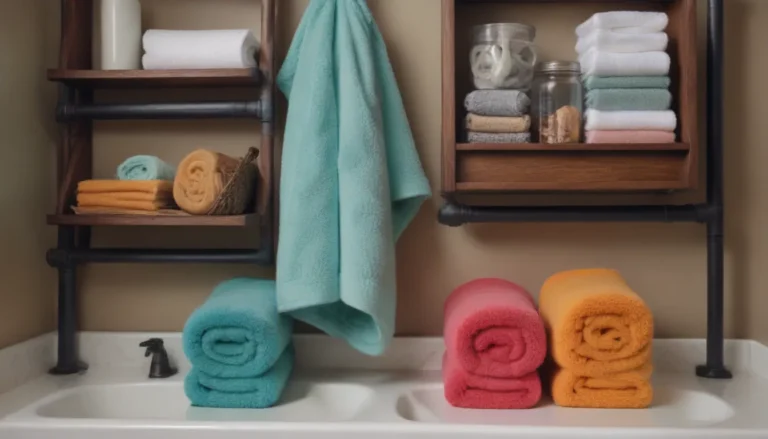Achieving a Serene and Stylish Japandi Kitchen: A Comprehensive Guide

Are you looking to revamp your kitchen into a space that exudes peace, timelessness, and design savvy? Consider incorporating elements of Japandi design – a fusion of Japanese and Scandinavian styles known for their minimalism, natural materials, and overall sense of balance. In this detailed guide, we will explore 36 Japandi kitchen ideas that will help you transform your cooking space into a serene and stylish oasis.
What is Japandi Design?
Before delving into the design ideas for your Japandi kitchen, let’s first understand what this style entails. Mihoko Iida, a Tokyo-based writer and editor, explains that Japandi is a concept that blends Japanese and Scandinavian design principles. This unique fusion is characterized by a love for minimalistic and functional designs, as well as an appreciation for natural elements and textures. Interior designer Niki Tashe emphasizes simplicity, clean lines, and natural materials like wood, stone, and ceramic as key features of Japandi style.
Creating a Japandi Kitchen: Ideas and Inspiration
To create a Japandi kitchen in your own home, consider incorporating the following ideas to infuse your space with tranquility and elegance:
1. Layer Your Lighting
- Use a mix of ambient lighting, task lighting, and statement pendant lights to create a warm and inviting atmosphere in your kitchen.
2. Warm Up the Space
- Add elements like a soft rug, warm wood accents, and ambient lighting to infuse warmth and coziness into your minimalist kitchen.
3. Embrace the Wood Theme
- Incorporate wood elements such as wall panels, live-edge countertops, or islands to bring a sense of organic beauty and grounding to your space.
4. Bring in Stone for Texture
- Consider incorporating stone slabs with subtle striations to add texture and visual interest to your Japandi kitchen while maintaining a natural and cohesive look.
5. Go Dramatic with All Black
- Opt for a monochromatic black palette to create a sleek and sophisticated look in your kitchen, complemented by wooden accents or colorful details for balance.
6. Incorporate a Large Plant
- Add a touch of nature to your kitchen by including a large plant or vase with sculptural branches to enhance the Japandi ambiance.
7. Focus on the Backsplash
- Choose traditional Japanese elements like washi paper or ceramic tiles for your backsplash, sticking to quiet tones of white, cream, beige, black, or gray for a harmonious blend.
8. Go All Out with Minimalism
- Embrace straight lines, soft colors, and natural materials while keeping appliances and utensils hidden to maintain a clutter-free and streamlined look in your Japandi kitchen.
9. Select Sleek Surfaces
- Opt for deeply saturated neutral colors like black in your surfaces to create a sharp and sleek aesthetic, whether through stone, matte paint, or glossy tiles.
10. Stick with Simple Lines
- Embrace straight and simple lines in your cabinetry, windows, and seating to achieve the minimalist and balanced look characteristic of Japandi design.
11. Define Layers in the Space
- Create visual layers in your kitchen through islands, tables, shelves, and lights, even with a modest color palette to add movement and depth to the space.
12. Add Metallics for a Traditional Twist
- Introduce gold knobs, copper accessories, or traditional faucets to blend metallic finishes with the Japandi style, adding a touch of elegance to your kitchen.
13. Be Intentional with Decor
- Carefully select artwork, lighting, and decor items that contribute to the overall aesthetic of your Japandi kitchen, maintaining a cohesive and intentional design approach.
14. Use Symmetrical Tiles
- Incorporate symmetrical tiles in your backsplash and walls, opting for rectangular or square shapes to achieve a clean and balanced look typical of Japandi design.
15. Add a Coastal Spin
- Infuse elements of natural materials like woven textures, wood, and stone into your Japandi kitchen to create a modern coastal vibe that complements the minimalist design.
16. Hone in on Neutrals
- Embrace a neutral color palette in your Japandi kitchen, focusing on subtle tones and hues to create a serene and timeless ambiance in your cooking space.
17. Center Minimalism Into Other Areas
- Extend the minimalist theme to other areas of your kitchen, such as cabinets, buffet tables, and movable islands, to maintain a cohesive and clutter-free design throughout the space.
18. Keep Patterns Consistent
- Maintain consistency in patterns, whether through tiles or wood planks, to create a well-executed and cohesive look that aligns with the Japandi design principles.
19. Match the Tone of Wood with Other Colors
- Ensure that the undertones of wood, paint, and tiles complement each other to create a cohesive color palette that flows seamlessly in your Japandi kitchen.
20. Balance Black and White
- Strike a balance between black and white elements in your kitchen to achieve equilibrium and visual interest, complemented by wooden accents to warm up the contrast.
21. Play with Color for a Unique Finish
- Experiment with more saturated colors like pink or earth green to add a unique and personalized touch to your Japandi kitchen while maintaining a harmonious color scheme.
22. Consider Sleek Light Fixtures
- Choose linear, rod-style lighting or slim vertical pendants to create a subtle and sophisticated lighting scheme that blends seamlessly with the Japandi design.
23. Hold Onto Consistent Details in Small Cooking Spaces
- Infuse Japandi flair into small kitchens by maintaining a simple color palette and incorporating consistent details throughout the space, from cabinets to accessories.
24. Seek Out Unique Details
- Add unique and thoughtful details to your Japandi kitchen to create a distinct and personalized space that reflects your style while staying true to the design principles.
25. Create Balance Across the Space
- Aim for balance and cohesion in every aspect of your kitchen, from fridge handles to shelves, to ensure a harmonious and well-designed space that flows seamlessly.
26. Bring in Movement with Furniture and Decor
- Introduce wavy chairs, rounded hanging lanterns, or other curved elements to create visual movement and add a dynamic contrast to the straight lines of your Japandi kitchen.
27. Don’t Forget the Appliances
- Choose appliances that blend seamlessly with the Japandi aesthetic, such as refrigerators with wooden panels or sleek black iron ranges, to elevate the overall look of your kitchen.
28. Make a White Kitchen Pop with Wooden Seats
- Add wooden or black chairs or barstools to break up an all-white kitchen and create visual interest while maintaining the clean and minimalist Japandi style.
29. Keep Hardware Simple
- Opt for simple and muted cabinet and drawer hardware to complement the minimalist aesthetic of your Japandi kitchen, avoiding ornate or flashy details.
30. Blend Angular and Fluid Shapes
- Mix angular and fluid shapes in your kitchen design, incorporating rounded elements like pendant lamps or cabinet knobs to add a soft and balanced touch to the space.
31. Mix Warm and Cool Tones
- Experiment with mixing warm and cool tones in your Japandi kitchen to create contrast and visual interest while maintaining a cohesive color palette that ties the space together.
32. Avoid Intricate Structures and Fixtures
- Keep the overall structure and fixtures of your Japandi kitchen simple and minimal, avoiding overly ornate or busy elements that may detract from the clean and streamlined look.
33. Try Stone Slab Walls or Backsplash
- Opt for stone slab walls or backsplashes instead of smaller tiles to create a chic and sophisticated look in your Japandi kitchen, focusing on thin and symmetrical grout lines for a polished finish.
34. Don’t Fear Mixing Wood Types
- Mix different tones and types of wood in your Japandi kitchen to add depth and visual interest while maintaining a cohesive and on-trend design scheme throughout the space.
35. Choose the Right Tone of Color
- Select subtler and toned-down tones of color, even if venturing beyond neutral hues, to ensure a cohesive and harmonious color palette that aligns with the Japandi style.
36. Maintain a Flow
- Consider the flow and movement in your Japandi kitchen design, focusing on both functionality and aesthetics to create a space that is not only visually appealing but also practical and efficient.
Conclusion
In conclusion, transforming your kitchen into a serene and stylish Japandi space is a rewarding and enjoyable process that allows you to infuse your own personality and style into your home. By incorporating the ideas and tips outlined in this comprehensive guide, you can create a kitchen that embodies the principles of Japandi design – minimalism, balance, and natural elements – while also reflecting your unique taste and preferences. Whether you prefer a monochromatic palette, warm wood accents, or subtle pops of color, there are endless possibilities to explore within the realm of Japandi style. So, roll up your sleeves, unleash your creativity, and embark on the journey of creating your dream Japandi kitchen today!





